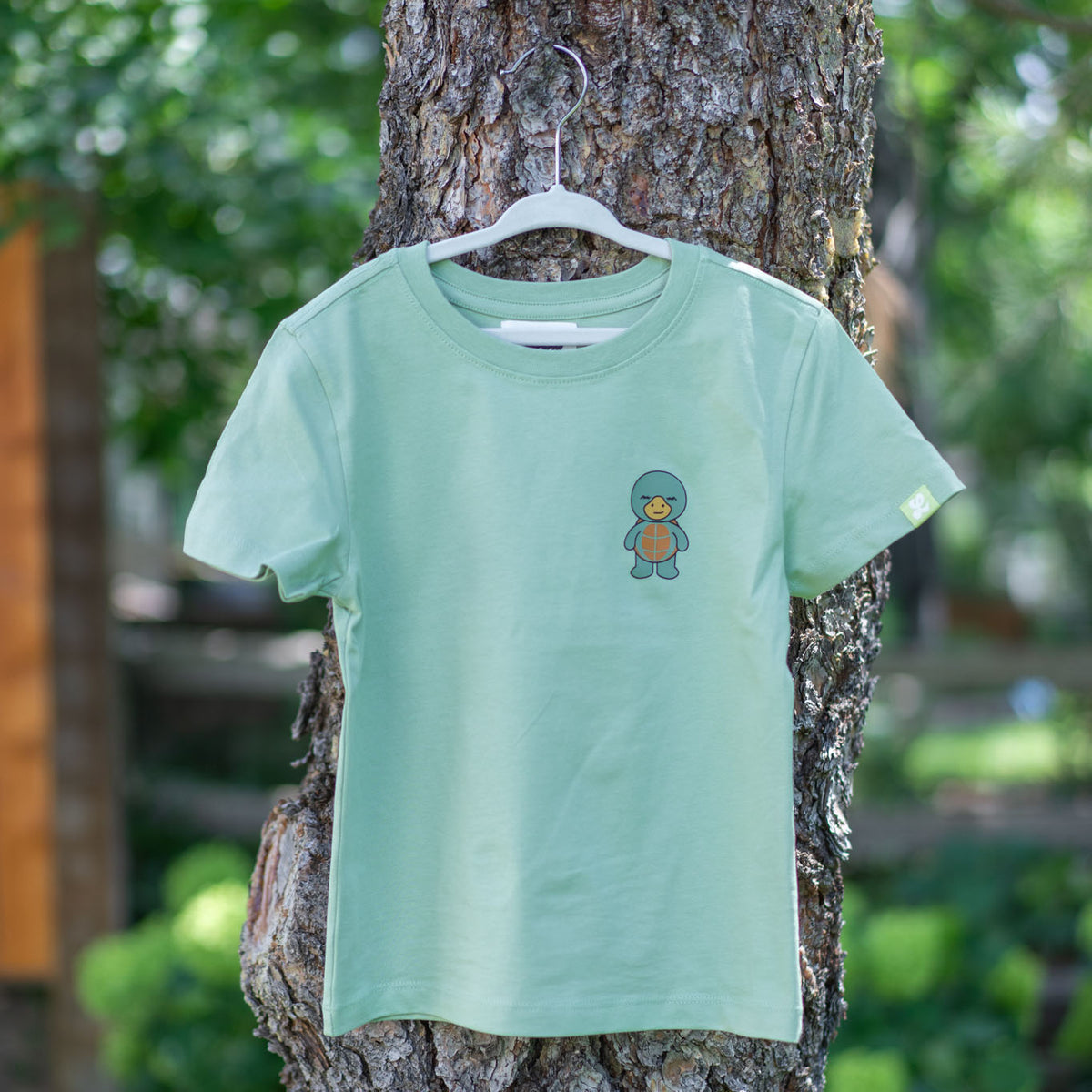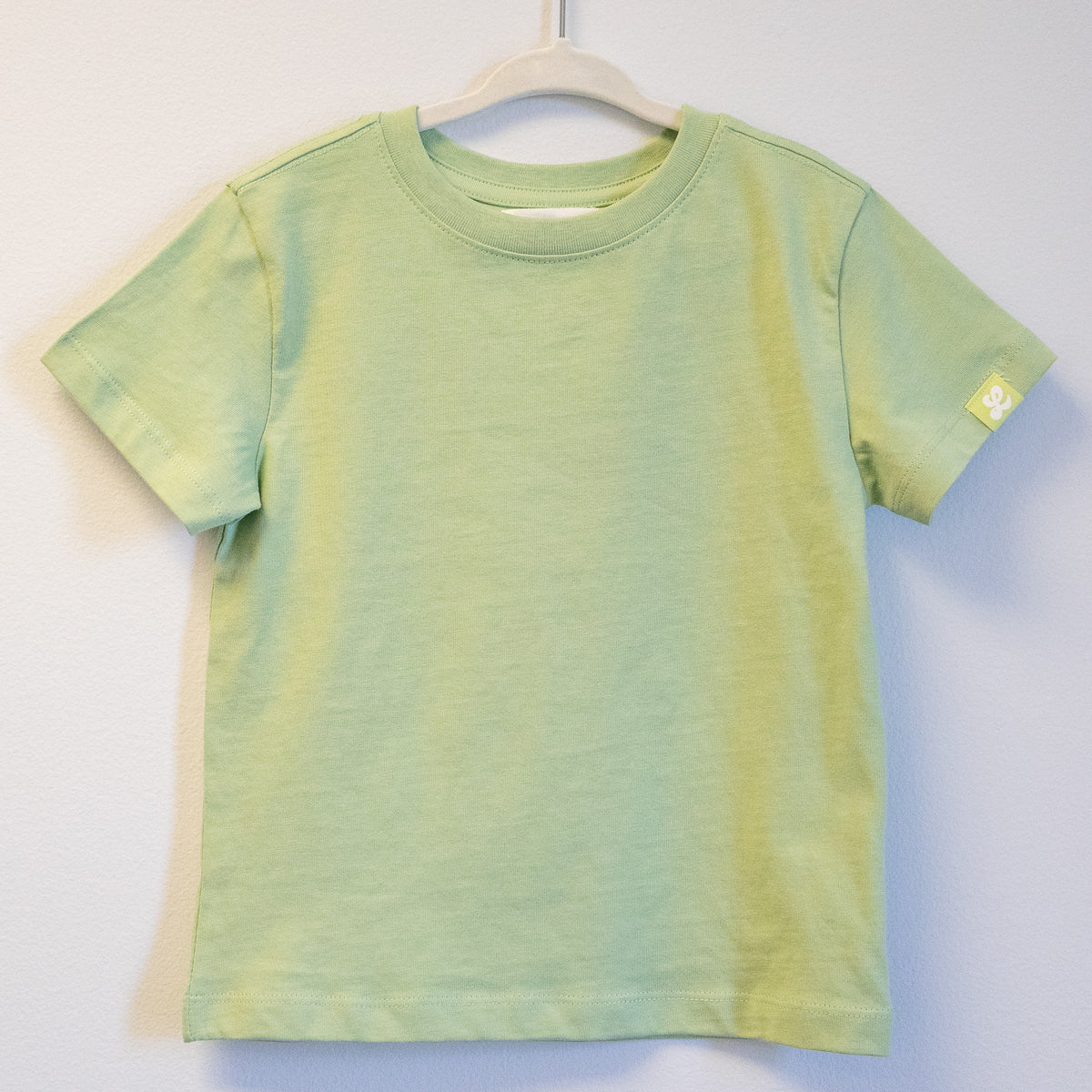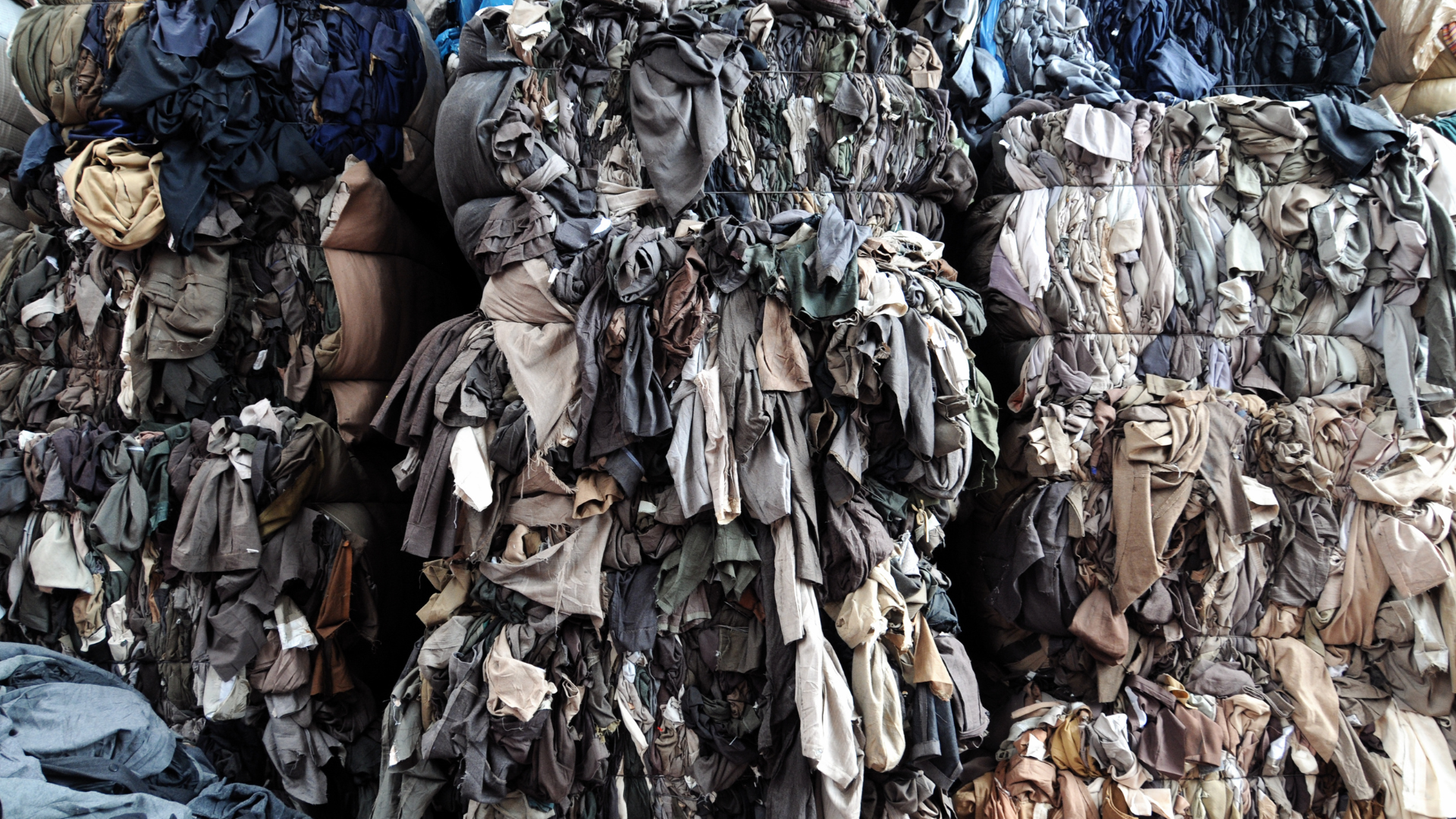"It’s always been done this way" can be a dangerous phrase.
It stifles innovation, creativity, and at worst, it's lazy. At best, it’s surrendering to an illusion that we've reached perfection and there's no room for improvement. At Loop, we believe that although it’s important we strive for perfection, we understand that perfection is a state that doesn’t exist and that there’s always room for better.
Had society accepted "it’s always been done this way", we'd still be riding horses instead of driving cars; we'd still have landlines in our homes rather than phones in our pockets; and we'd still be flipping through volumes of encyclopedias instead of asking Google or ChatGPT.
Let's take a look at the current state of the fashion industry. Like many other industries, the majority of fashion brands are built as a linear model, which is based on a framework set during the industrial revolution and has been around for centuries. It’s a model where we "take, make, and waste" resources and products. Meaning we take materials like cotton from the earth, we make products like t-shirts to be worn, and we discard them as waste when we're done.
As evidenced by the size and growth of fast fashion brands in recent years, this linear model can be highly lucrative – fast fashion brands generated over $103B in 2022. However, this growth is achieved by cutting corners and costs throughout the supply chain to sell insane amounts of cheap and disposable clothes – it’s said that Shein drops 10,000 new items on their website daily!
Unfortunately, it's not a sustainable way of operating when you’re working with a planet with finite resources and a process where human labor plays a significant role. While it may mean cheap clothes for us as consumers, someone, somewhere is paying the price to make it that cheap. And more often than not, it’s Mother Nature being damaged, its people being exposed to toxic chemicals, and its textile workers denied access to fair and safe working environments.
We would argue that a better model is a circular one. The Ellen MacArthur Foundation defines a circular economy as a system that’s based on three principles:
- Eliminate waste and pollution: How can we choose materials and processes that eliminate waste and pollution?
- Circulate products and materials: What steps can we take to ensure our clothes have a longer lifespan?
- Regenerate nature: How can our practices not extract and degrade nature over time, but instead build natural capital?
At Loop Apparel, we took inspiration from that framework (hence our name) and designed the way we do business with those principles in mind.
- By choosing organic cotton and dyes for our apparel, we’re able to reduce waste and pollution compared to conventional cotton and synthetic fabrics. It also supports farming practices that better sustain natural capital.
- By making it easy for our community to return any worn Loop Apparel items that their kids have outgrown, we’re able to extend the life of our products by refreshing and reselling them to new families.
- By responsibly recycling items that can’t be refreshed because they’re too damaged, we’re able to transfer the value of those used garments into other goods (like shredding it to make mattress fillings), and ensure that our items don’t contribute to filling landfills.
As mentioned before, we know we'll never be perfect. But our promise to you is that we’ll continue pushing for better, rather than doing things the same way simply because “it’s always been done this way.”
Join our community to stay in the loop for future blogs and updates by dropping us your email below.


